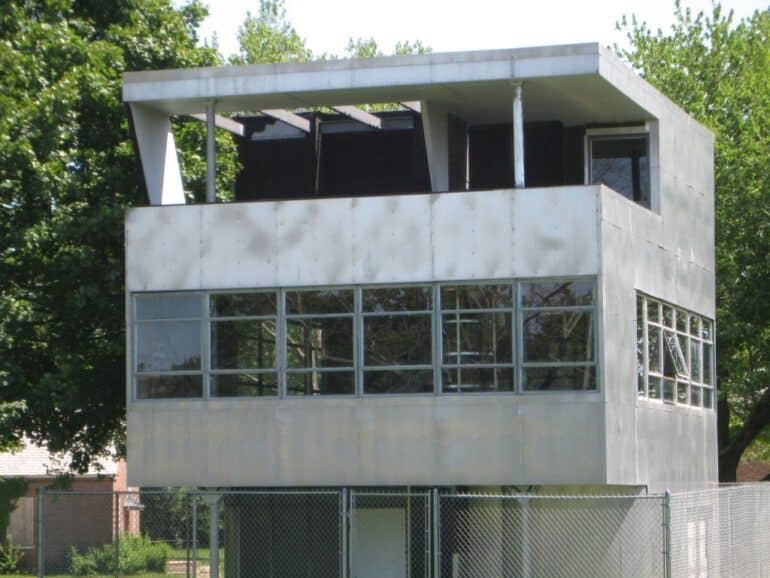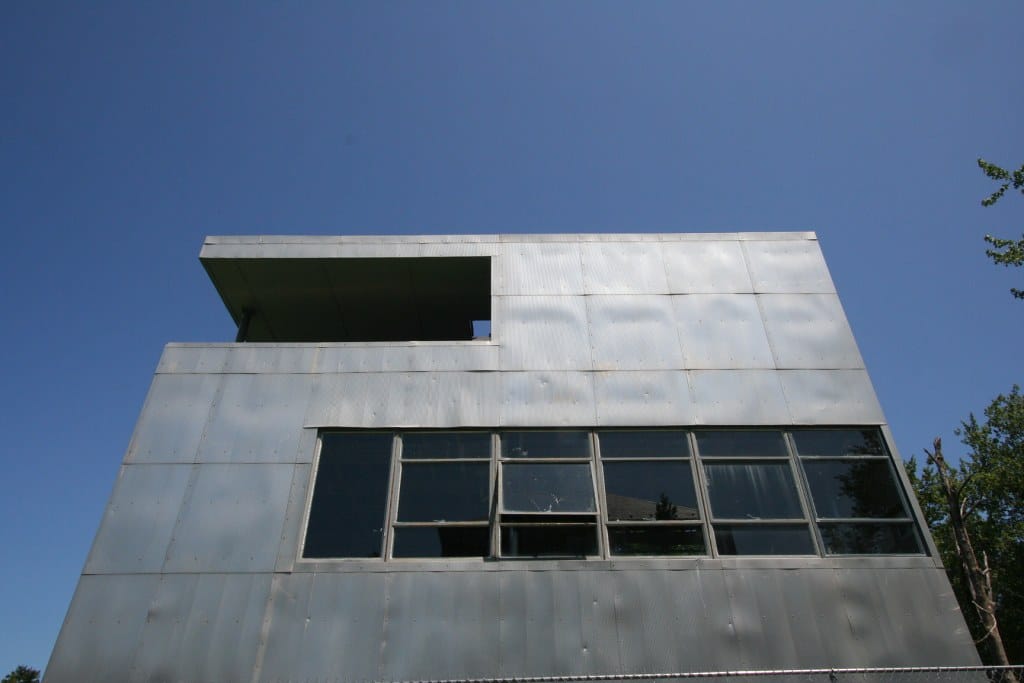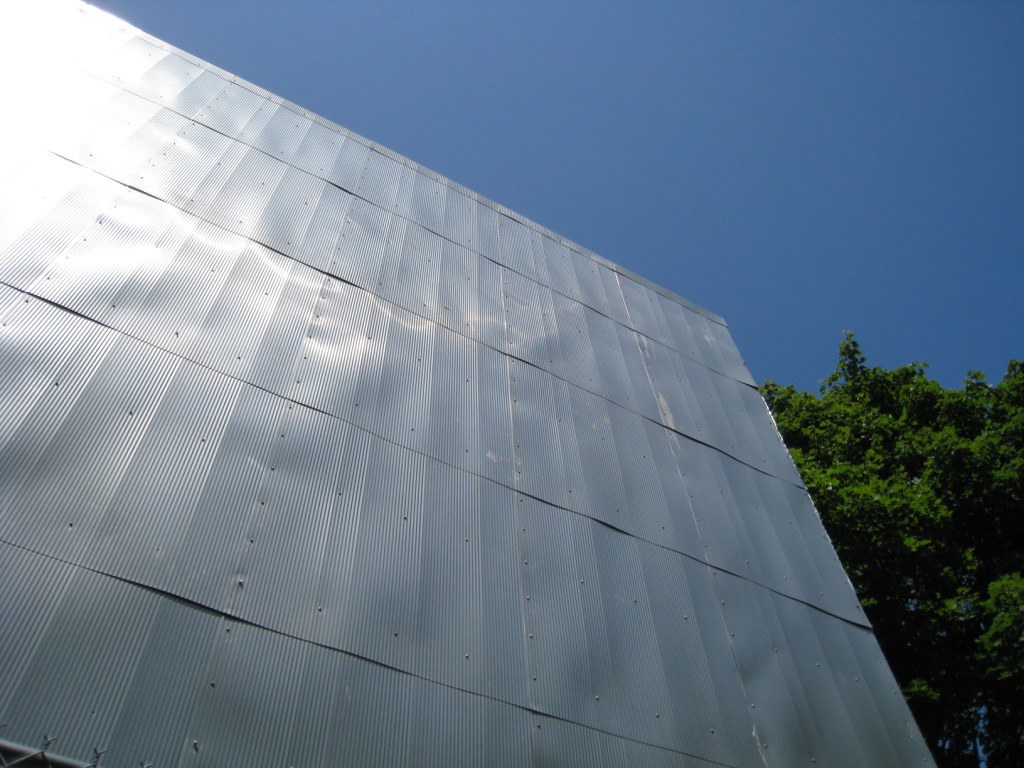The Aluminaire House
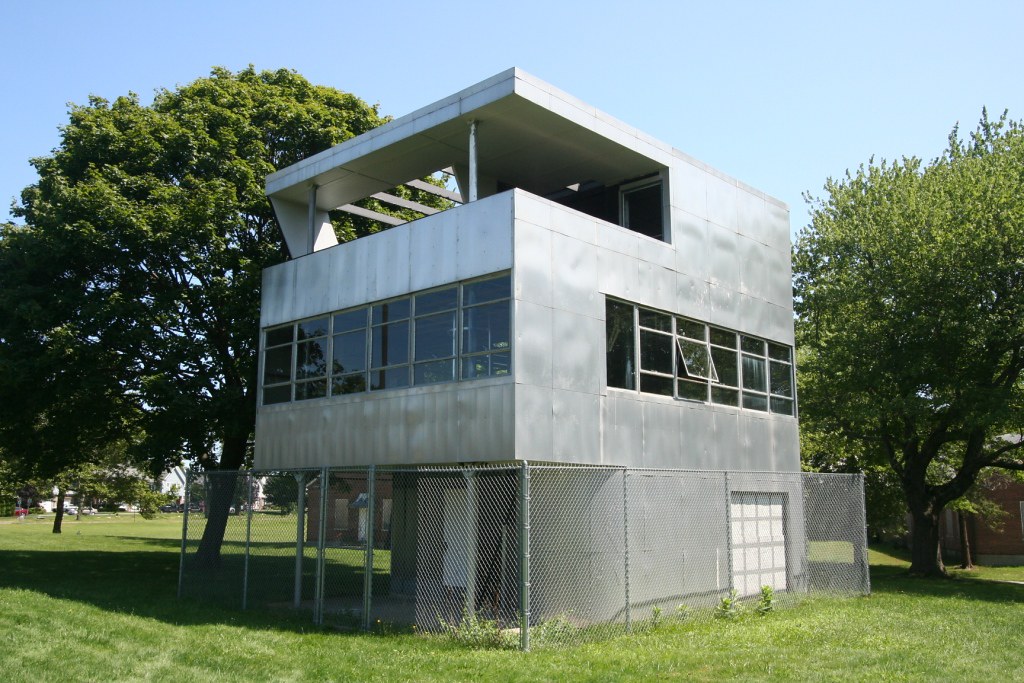
How long do you think prefab metal houses have been around in the United States? It might surprise you to learn that the first metal house ever constructed dates back to 1931, and is still standing today. Let’s learn all about the groundbreaking Aluminaire House.
America’s First Metal House
Architects Albert Frey and A. Lawrence Kocher designed the Aluminaire House in April 1931. It took a mere ten days to construct the house, which served as a case study for the benefits of all-metal homes, which could be beautiful, functional and affordable. Over 100,000 people showed up to check it out within the week of its exhibition.
Layout and Features
When you see the house, it will strike you as being at least a decade ahead of its time. The Aluminaire House has a very Mid Century Modern aesthetic. Indeed, you may not be surprised to learn that Frey had previously worked with Le Corbusier, one of the architects who had the most widespread influence on MCM architects. Frey himself would go on to design MCM buildings in Palm Springs (for which the city is still renowned to this day).
The Aluminaire House has three floors, and is made largely out of aluminum and glass. Clean lines and minimalist geometric forms with right angles define its structure and appearance.
Remarking on the materials used to construct the house, Frey said to the New York Times, “After working with Le Corbusier in Paris, my aim in life was to use permanent materials that don’t require maintenance. It [aluminum] was an up-and-coming material, much more durable than wood, or plaster, which cracks. And it went up very quickly. The house was built in 10 days.”
The Lower Floor
Most of this floor is dedicated to the garage on one side and a covered porch on the other. Between them is a hallway with a furnace and stairs that lead up to the second floor. Once cool feature of the garage is that it has a drive-through design with doors on both ends, preventing the need to back out.
The Middle Floor
This is where you will find the main living area and the kitchen, as well as a bedroom, bathroom and exercise room. There were some interesting space-saving features in here, such as a dining table on wheels with a retractable/extendable section, and rubber chairs that could be inflated for use when needed, and deflated to put away when no longer required.
The beds were interesting too, as they were suspended from cables (you may sometimes run into this in Mid Century Modern houses). Large windows let in natural light and views for the residents to enjoy as they went about their day.
The Upper Floor
Continuing to the top floor, this section of the house included a library, a terrace, and a toilet. This floor, like the one below, contained ample illumination through large windows, with the addition of skylights. An awning over the terrace provided shade to accompany the scenic views.
Preservation Efforts
The Aluminaire House was eventually purchased by Modernist architect Wallace K. Harrison as a weekend retreat. In the 1980s, after he died, the house was neglected. At one point, it fell into the possession of someone who tried to demolish it. Thankfully, it had some protection since it was listed on the National Register of Historic Places.
Thankfully, preservationists went to work to raise the funds needed to save the house. NYIT was able to purchase it, dismantle it, move it to Central Islip, and have students work on reconstructing it as an educational experience. Alas, NYIT’s architectural programs ended up relocating, so the house could not stay with them. It was next purchased by a couple named Michael Schwarting and Frances Campani who created The Aluminaire House Foundation. In 2017, they were able to place the house in Palm Springs.
“Aluminaire House was an experiment in affordable housing as much as it was in new modern materials,” said Schwarting and Campani, speaking about their goals in acquiring the house. “Kocher and Frey published an article in the Architectural Record the same month it opened, about making whole blocks of housing like the Aluminaire to accommodate population shifts to cities in the early 20th century. When Harrison bought the house and moved it to Long Island, and when Hitchcock and Johnson labeled it the ‘Harrison Weekend House,’ it lost its meaning. The Aluminaire House Foundation is pursuing the goal of saving the artifact and its critical meaning.”
Visiting the Aluminaire House
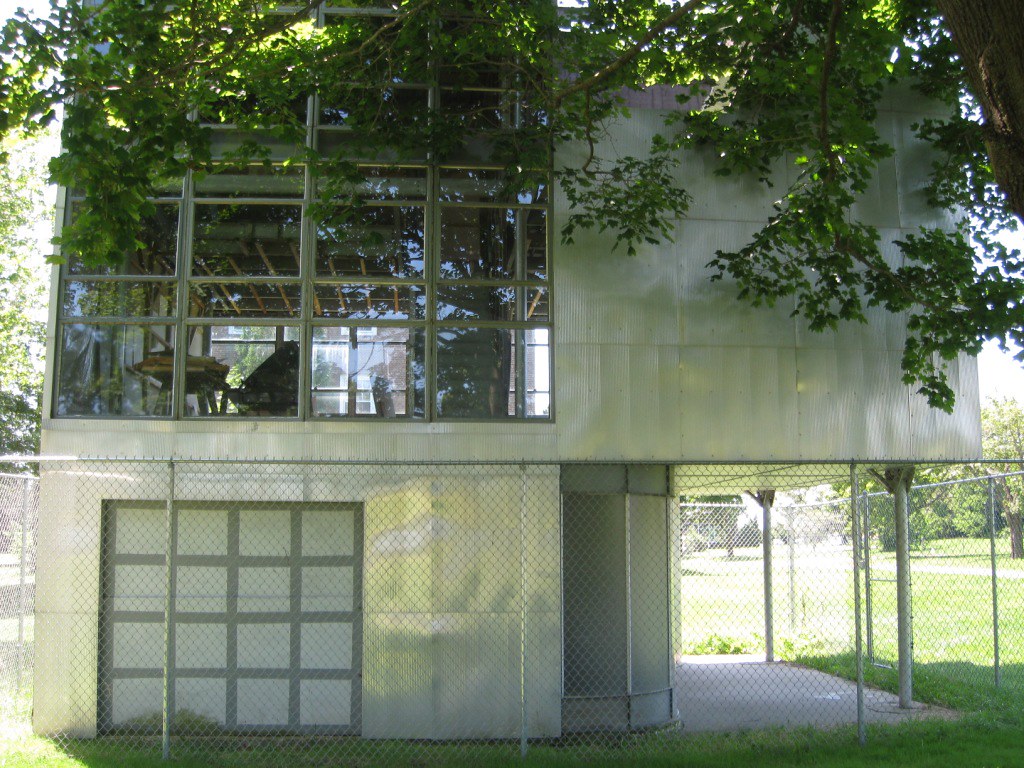
Today, you can visit the Aluminaire House Palm Springs location yourself. At the time of this writing, here are its hours:
| Sunday | 10:00am-5:00pm |
| Monday | 10:00am-5:00pm |
| Tuesday | Closed |
| Wednesday | Closed |
| Thursday | Noon-8:00pm |
| Friday | 10:00am-5:00pm |
| Saturday | 10:00am-5:00pm |
Admission to view the outside of the house is free of charge. Alas, you cannot go inside, due to ADA and fire safety codes, and the way the house was constructed. But you can at least admire its beautiful metal and glass façade, experiencing an important part of American architectural history firsthand.

